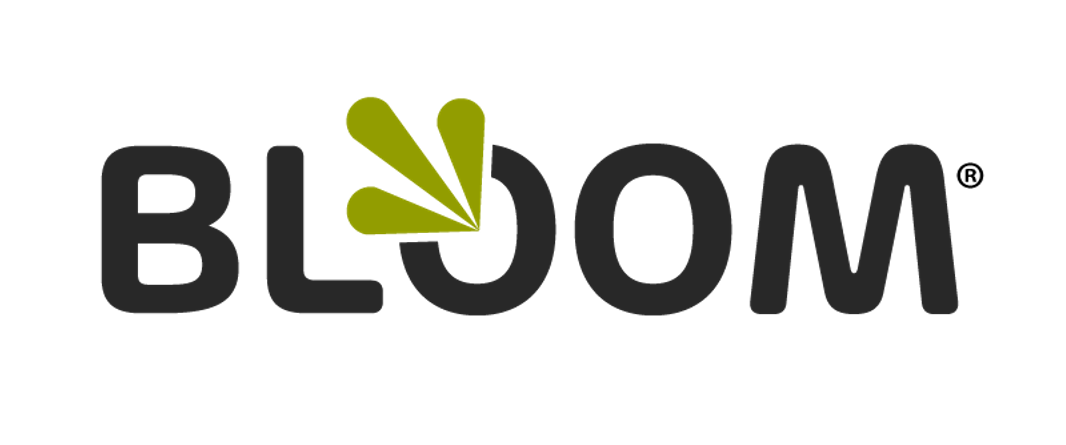Increase Employee Engagement by Setting Simple Goals
Tips for Setting Goals
Achieving a goal should yield growth, so ensure that each goal you set is attainable, but not so easy to accomplish that it requires little to no effort. That means a goal must also be specific, so that the employee and manager have a clear metric to see whether it has been met. That also means that setting only a few goals at a time will lead to continual progress; the employee can focus on fewer specific goals and, once those are achieved, move on to another set. Add the challenge, specificity, and low number to a goal that addresses an employee’s individual professional development, and you have a recipe for success!
Consider the Benefits of Setting Simple Goals
Given that goals influence employees’ actions and, by extension, performance, emphasizing individuals’ goals can have a significant effect on the work environment. When everyone feels valued and like a contributor—when all the pistons are firing—you achieve optimum performance.
More specifically, attainable goals increase employee engagement, a sense of value, and their voice within the organization.
Increase engagement. When employees and managers clearly understand goals, they’re able to better engage each other and the task at hand. They can—and must—communicate about goals and outcomes, so a clear understanding of expectations is essential.
Instill a sense of value. Recognizing an individual does more for that person’s self-esteem than does acknowledging them only as part of a group or filling a role. It’s the same with emphasizing the importance of an employee’s individual professional development. An employee will feel valued for the work they do and the contributions they make, rather than feeling that they’re just one of many people filling a particular role.
Give them a voice. Each employee should have a hand in setting their individual goals so that they have a sense of ownership and confidence in their ability to perform well. That said, the manager ultimately has the final word because goals should directly contribute to the organization’s objectives.
Track Goals and Progress in a Performance Management System
We’ve implemented the concepts above for several of our clients, and we built the BLOOM performance management system on the idea of simplicity as well. ( Search our blog as we’ve also talked about goals in other blog posts, including one about defining competencies, values, and goals.)
When you use BLOOM for your employee management software, you:
Set a clear, specific objective
Set the measurement for how the employee, manager, and HR know that the goal has been met
Set a hard deadline
Track outcomes on completion
If you’ve already implemented a simple approach like this, we’d love to hear about it, and if you’d like to see BLOOM in action, we’re happy to show you how it works.
